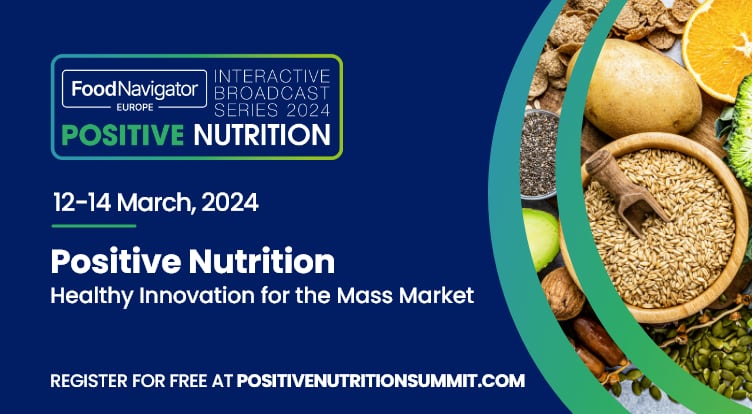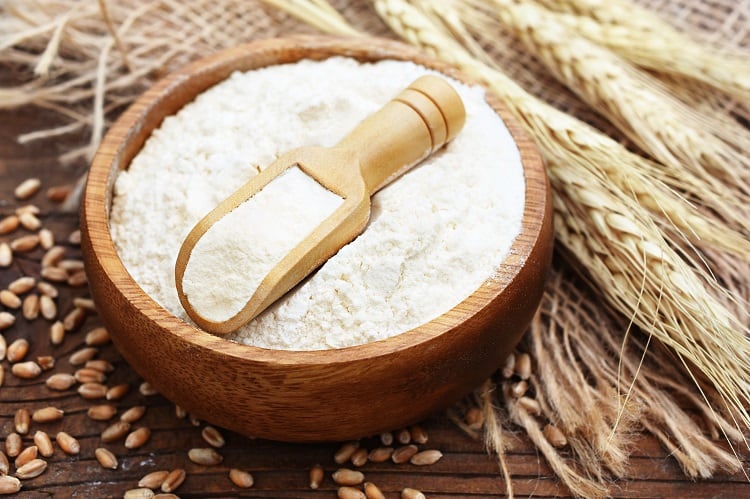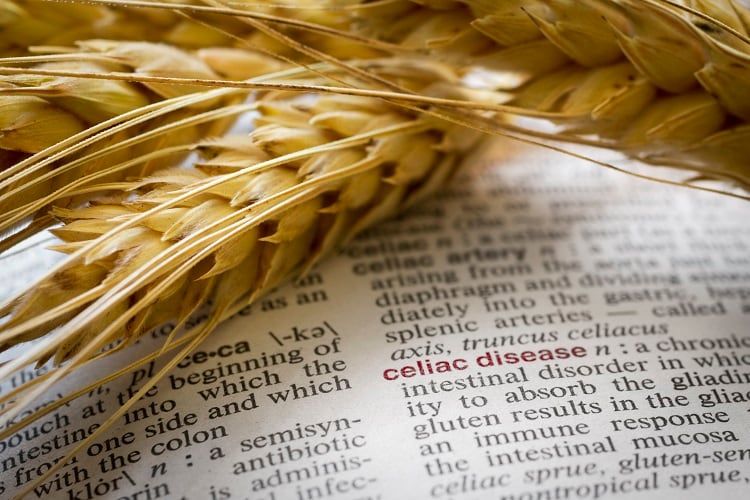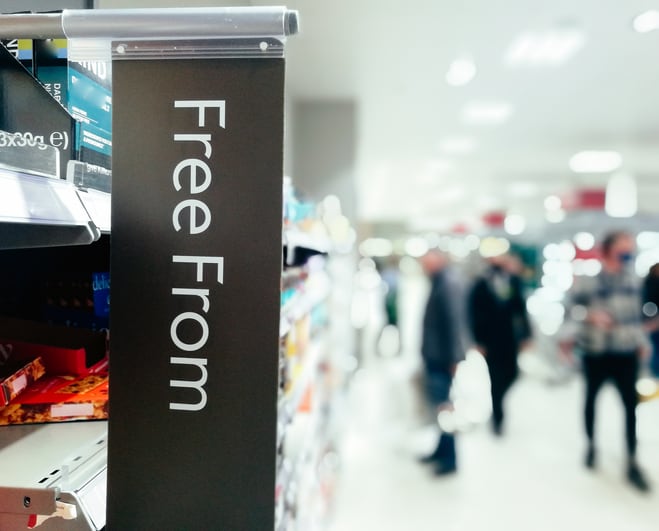In order to provide gluten-free substitutes to those who cannot consume gluten, many flours, such as rice, corn and sorghum, have been used. So far, wheat flour itself has not.
This is because wheat flour is usually synonymous with gluten. However, now the Spanish biotech start-up Bread Free is the first company to produce wheat flour gluten-free.
Bread Free’s flour is an alternative to many of the gluten-free flours available on the market, having the benefits of these flours. “Our product maintains all of the organoleptic properties of conventional wheat flour, making it suitable for individuals with coeliac disease,” Juan Garrido, co-founder of Bread Free, told FoodNavigator. Organoleptic properties are sensory qualities of a product.
Coeliac Disease
Coeliac disease is caused by an immune reaction to gluten and proteins in foods such as wheat, barley and rye. Symptoms typically include stomach ache, diarrhoea, vomiting, iron deficiency (anaemia) and infertility. Studies suggest that around 0.7% of the EU’s population have it.
The company aims to ease price pressures on coeliacs, whose reliance on gluten-free products has the potential to prove costly. In recent years, shortages of ingredients such as rice flour have put a strain on gluten-free prices.
However, the company claims, because its manufacturing process is similar to that of ordinary wheat flour, these price constraints do not affect it.
This is also good news regarding its nutritional content. “The advantage of our product is that it maintains the nutritional qualities of wheat. Therefore, coeliac individuals can still enjoy its benefits and follow a healthy and safe diet,” Garrido told us.
Wheat flour provides a certain elasticity that is difficult to replicate without the presence of gluten. However, according to Garrido, it is not necessary to replace gluten in Bread Free’s flour.
Nutritional quality of gluten-free products
Research in 2022 revealed that despite widespread uptake of gluten-free products for health reasons, gluten-free products with wheat flour substitutes are often less healthy than their gluten-containing counterparts.
“Gluten is the component responsible for elasticity of products, as it acts as a binding agent. With our process it is not necessary to replace it, since it is still present, but below 10 ppm (parts per million), which does not harm the coeliac individual while complying with food regulations,” he told us.
Removing the gluten
To remove the gluten from the flour, Bread Free uses biotechnology, although it is not, Garrido stressed, genetically modified wheat.
While many of the details are under wraps, Daniel Gomez-Bravo, co-founder and CEO of Bread Free, told FoodNavigator, the process in general involves "(starting) from raw conventional wheat flour, then we treat it so that we can keep all the properties of wheat flour, but we transform the gluten so it is not harmful for a coeliac population."
According to Gomez-Bravo, products made with its flour maintains the flavour and texture of ordinary baked goods made with wheat flour. "Let's say our wheat flour has the same properties as a conventional wheat flour; in most of the products that you want to make."
However, there are some instances where a low level of additive is required to replicate the texture. "Maybe for very very specific products you may need to add some very little amount of additive, but in general it behaves." Additives such as methylcellulose may need to be added with some products, such as ciabatta bread, but in general they're not needed, Gomez-Bravo told us. The company aims to remove the need for additives in the future.
The company also uses AI to make the process more efficient. “The role of artificial intelligence is to optimize our industrial process and conduct ongoing analyses on the production chain to ensure product safety and reduce costs,” Garrido told us.
The company aims to launch this year, first in Spain and then to the whole of Europe.
Updated on 5/4/2024 after interview with Daniel Gomez-Bravo.
Keen to learn more about free-from products? Register here for our free-to-attend Positive Nutrition digital summit event 12-14 March 2024.





